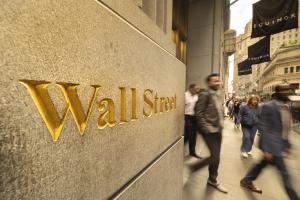
A money market fund is a kind of mutual fund that invests in highly liquid, near-term instruments. These instruments include cash, cash equivalent securities, and high-credit-rating, debt-based securities with a short-term maturity (such as U.S. Treasuries). Money market funds are intended to offer investors high liquidity with a very low level of risk. The average yield on these funds right now is about 1 tenth of one percent, or next to nothing, but would you believe that in the past these investment vehicles were highly coveted by Main Street investors?
In the late 1970’s money market funds were paying double digit yields; sometimes as high as 15%. Fidelity had more assets in these funds than their equity counterparts during this time! Inflation too was extremely high during this time-period, and that is not a coincidence. The “age-of-inflation” started in the middle part of the 1960’s and would continue until the early 1980’s. As inflation rose steadily, so too did yields on US Treasuries. Average investors like you and me started buying US treasuries at official auctions for the first time. This was a new trend the government did not like for various reasons, so it raised the minimum number of T-bills an individual could buy, effectively cutting out the middle class.
Another peculiarity about this time was a now defunct banking rule called Regulation Q. This put a cap on how much interest a bank could offer on its savings deposits and on its loans. As inflation picked up, banks could not offer competitive yields on their accounts and began losing business to a new type of savings vehicle, the money market fund. These funds were able to buy US treasuries in bulk, place them in a mutual fund wrapper and sell shares to average investors. This was not something the government wanted because it hurt the banking industry a great deal. Money was flying out of savings deposits and into the money market funds. But by the time regulators realized what was going on with the money market funds it was too late. Too many Americans were invested in these things and getting rid of them was politically impossible.
Today money market funds are barely a consideration in an average portfolio, but that may change in the years ahead. If inflation ever gets to a level like it did in the 1970’s these funds would likely make a strong come back.